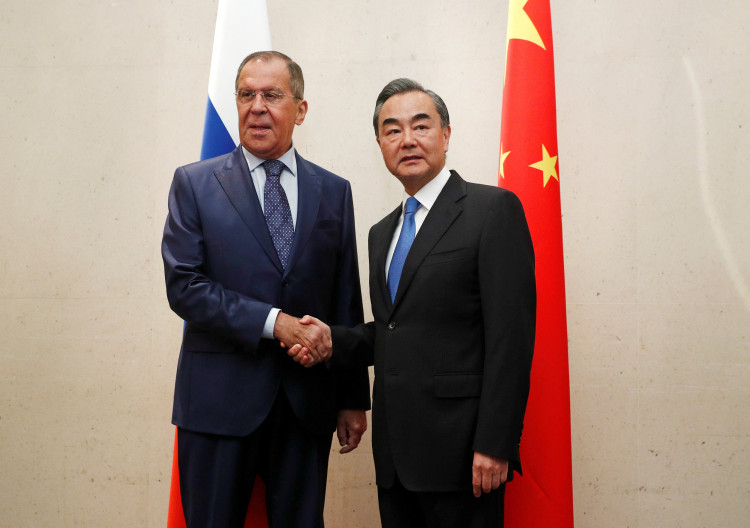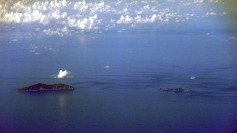China will participate in Vostok-2018 military drills that Russian Defense Minister Sergei Shoigu described as unprecedented in scale and dramatically bigger than Zapad-81 in 2017 which provoked an apprehensive response from NATO and the international media.
The military exercise, which will also be participated by troops from Mongolia, will take place on Sept. 11 to 15 and will involve troops deployed in the Eastern and Central military districts of Russia. It will also engage the participation of Russia's Northern Fleet, Airborne Troops, as well as long-range and military transport aviation of the country.
Chinese Defense Ministry said the country will send about 3,200 Chinese military personnel for the Vostok-2018. The country will also deploy more than 900 pieces of weapons and 30 military helicopters. In a statement, the ministry said the country's participation is in accordance with an agreement reached between Russia and China. The drills shall strengthen the strategic military partnership between the two countries and ensure that both can respond to various security threats aimed at both countries.
Shoigu said Vostok 2018 will be historical, as it is bigger than the biggest training exercise in Soviet history which was conducted back in 1981 on the territory of Belarus, Ukraine, and three the Baltic States. The military drill is expected to exceed the scale of the Zapad-2017 exercises which triggered an angry response from the West.
To ensure timely deployment of military commands for the Vostok-2018, Shoigu ordered a large-scale inspection ahead of the actual drills. The surprise combat readiness inspection involved 16 special exercises held with the Russian troops.
Meanwhile, NATO has also launched its own military drills which were described as the largest ever conducted on the territory of Latvia since the independence of the Baltic State. Latvian Chief of Defense said the drills with NATO are aimed at training Latvia's overall defense capabilities.
The NATO drills are being participated by about 10,000 troops from the United States, Canada, Spain, Italy, and Poland. The exercises have begun on Monday and are scheduled to end on Sept. 2.
NATO and Russia have been continuously engaged in strings of accusations against each other. NATO has been intensifying its military presence near the Russian borders, asserting that Russia was directly involved in the Ukrainian crisis.
Russia, on the other hand, asserts that its increased military activities were merely a response to NATO's engagement near its borders. Russia has consistently warned NATO that its behavior on the borders undermines the stability in Europe.
Indeed, the US-led coalition has also increased its military activities in Eastern Europe. The United States is one among NATO's strongest allies. In June, over 18,000 soldiers participated in the military drills led by the U.S. coalition. The unit, however, maintained that its military exercises were not targeted at provoking an aggressive response from Russia.






